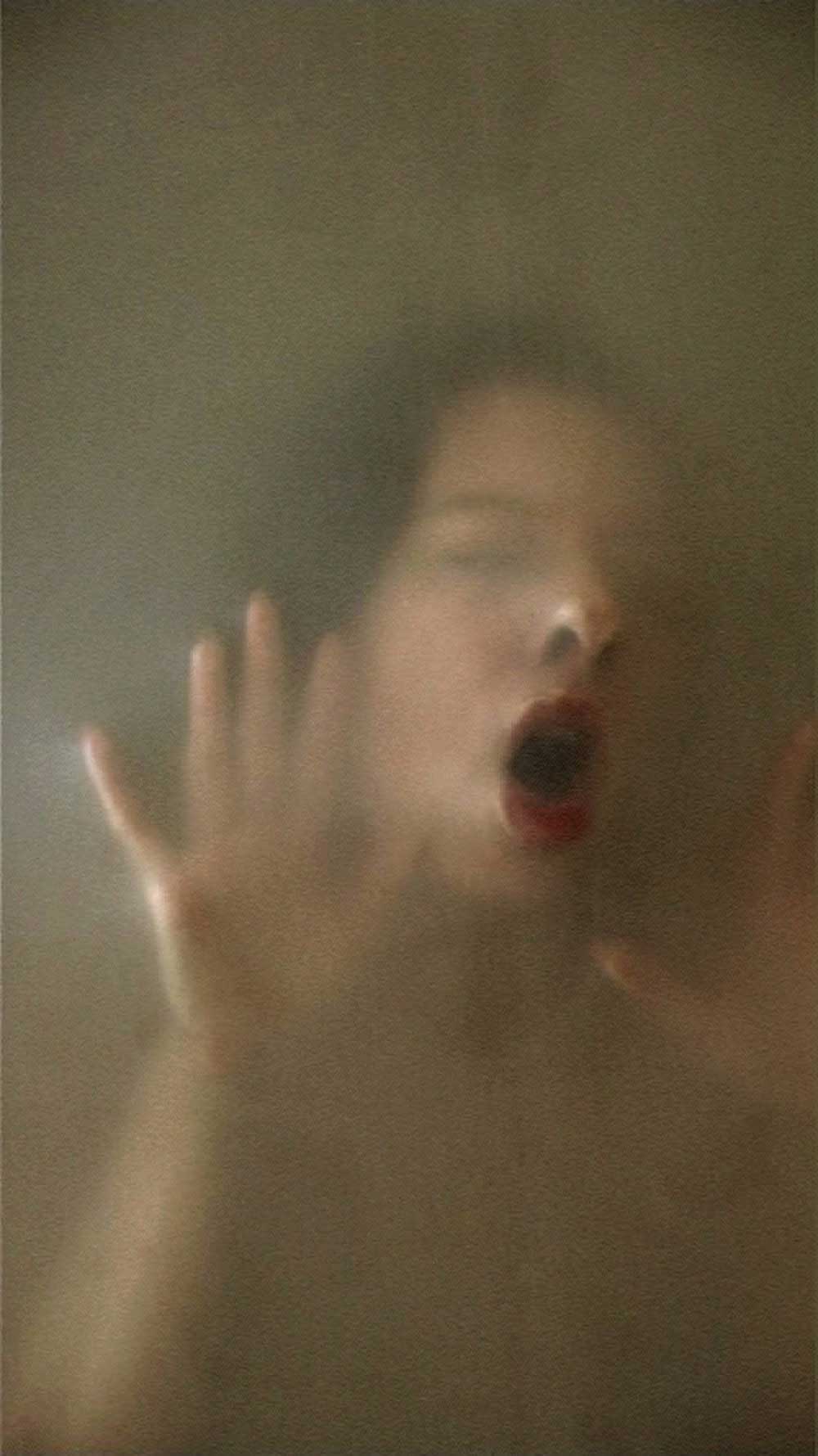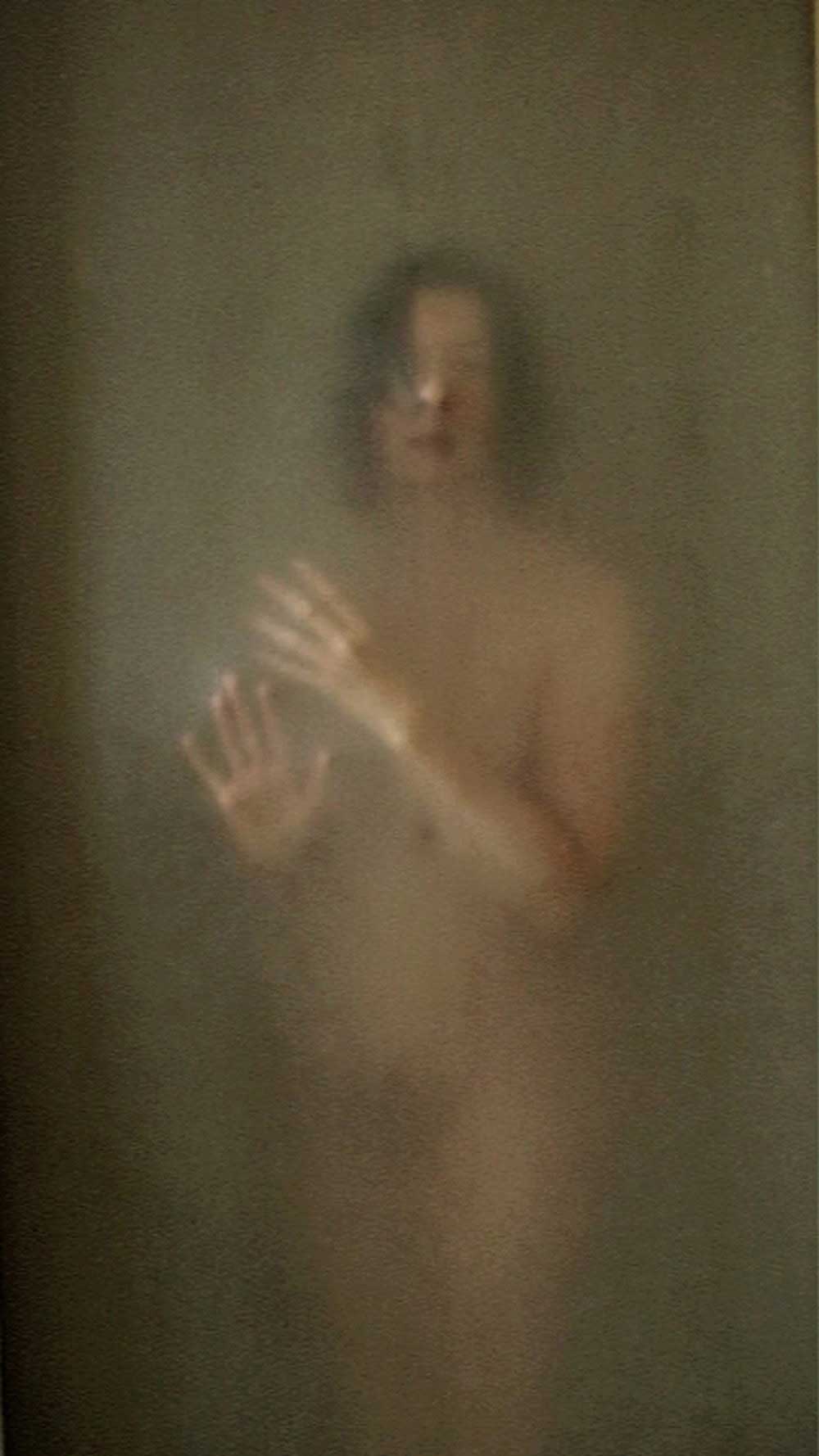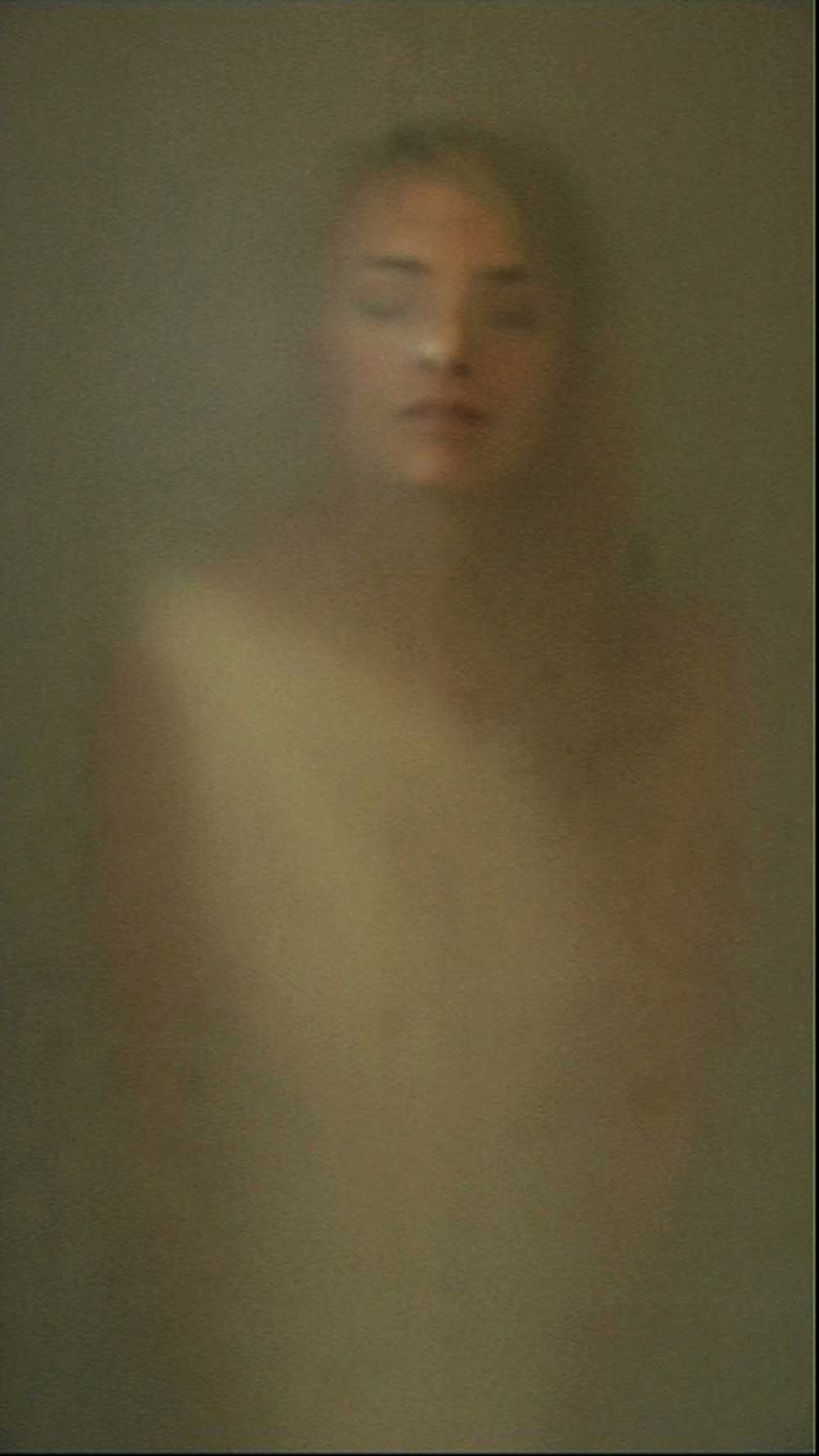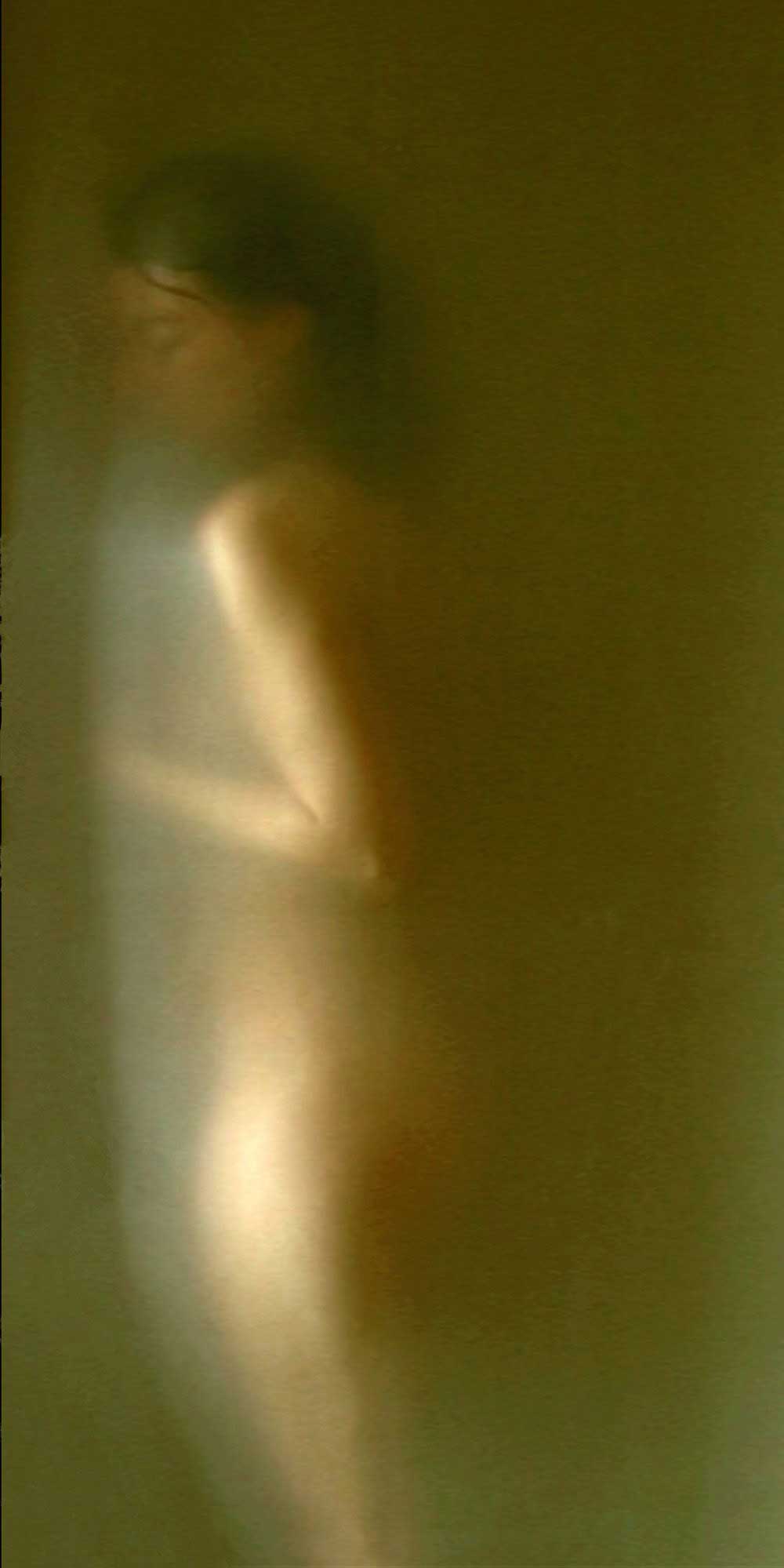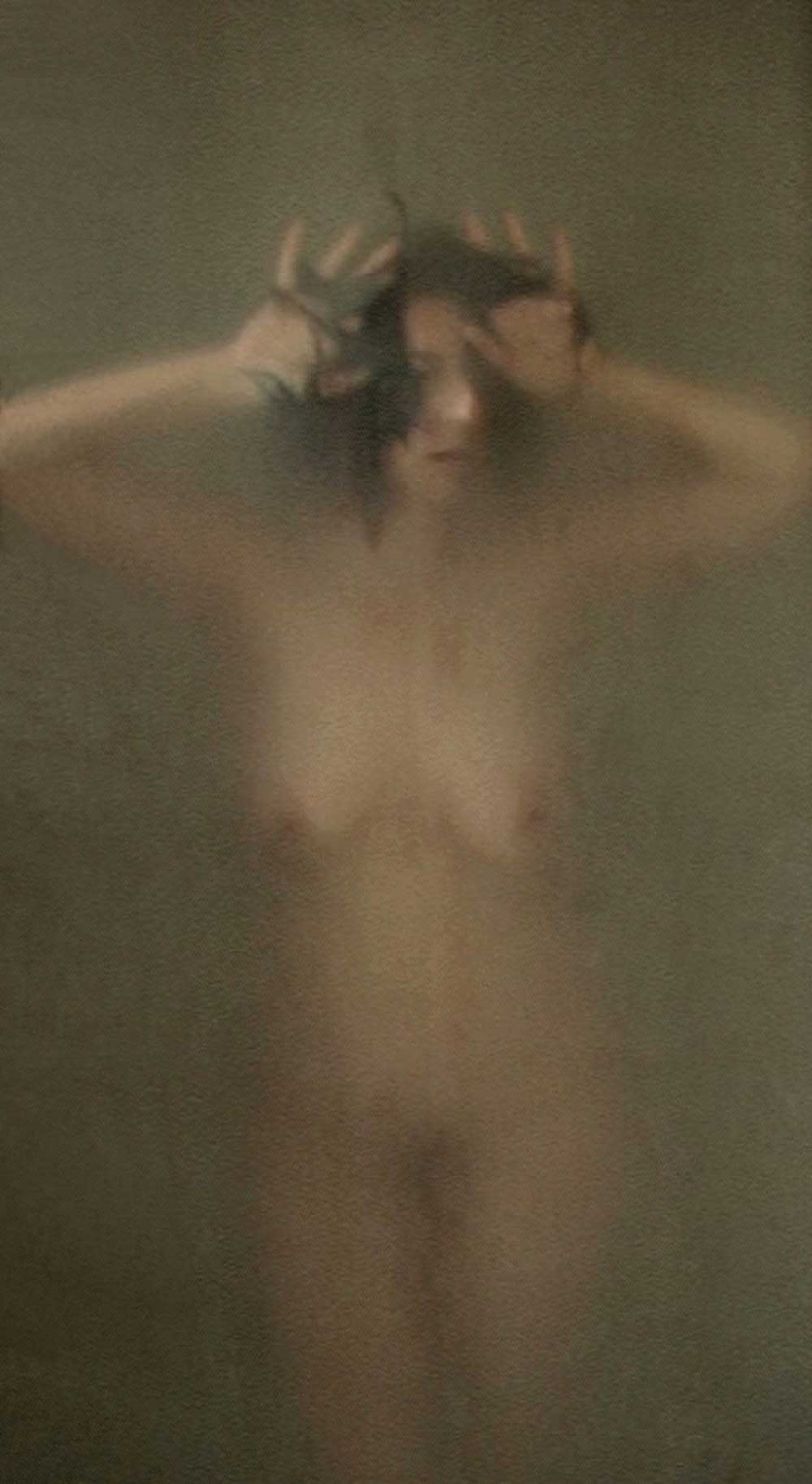Red Stamp Art Gallery is pleased to present LOST IN TRANSITION, Ellen Schippers’s personal exhibition, which will open on Saturday 21 October 2017 at the gallery’s location on Rusland 22, in the heart of Amsterdam; the show, curated by Sonia Arata, will be introduced, on the inauguration day, by a critical presentation by art historian, writer and guest curator Dick Adelaar.
LOST IN TRANSITION consists of a video installations section and a photographic part; it features the fascinating and enigmatic visual world peculiar to the Dutch artist, who with mastery blends various means of expression to lead the spectator through an experience: performance, video, photography and music together create a particular atmosphere which is able to seduce with its subtle emotional vibration.
From the digital threshold of the screens placed around the space, through refined video artworks and photographs belonging to the same cycle, ethereal and enigmatic figures appear, archetypal sirens and icons of the feminine which emerge from the sensual and deep imagination of Ellen Schippers.
It’s a magnetic and sophisticated universe which invites the visitor not only to an intense aesthetic fruition, but also to experience empathy with the distant and close calling of another dimension, theater of an alchemical transition where the temporary loss of the essence of identity constitutes a return towards the recovery of the integrity of the self and of the soul.
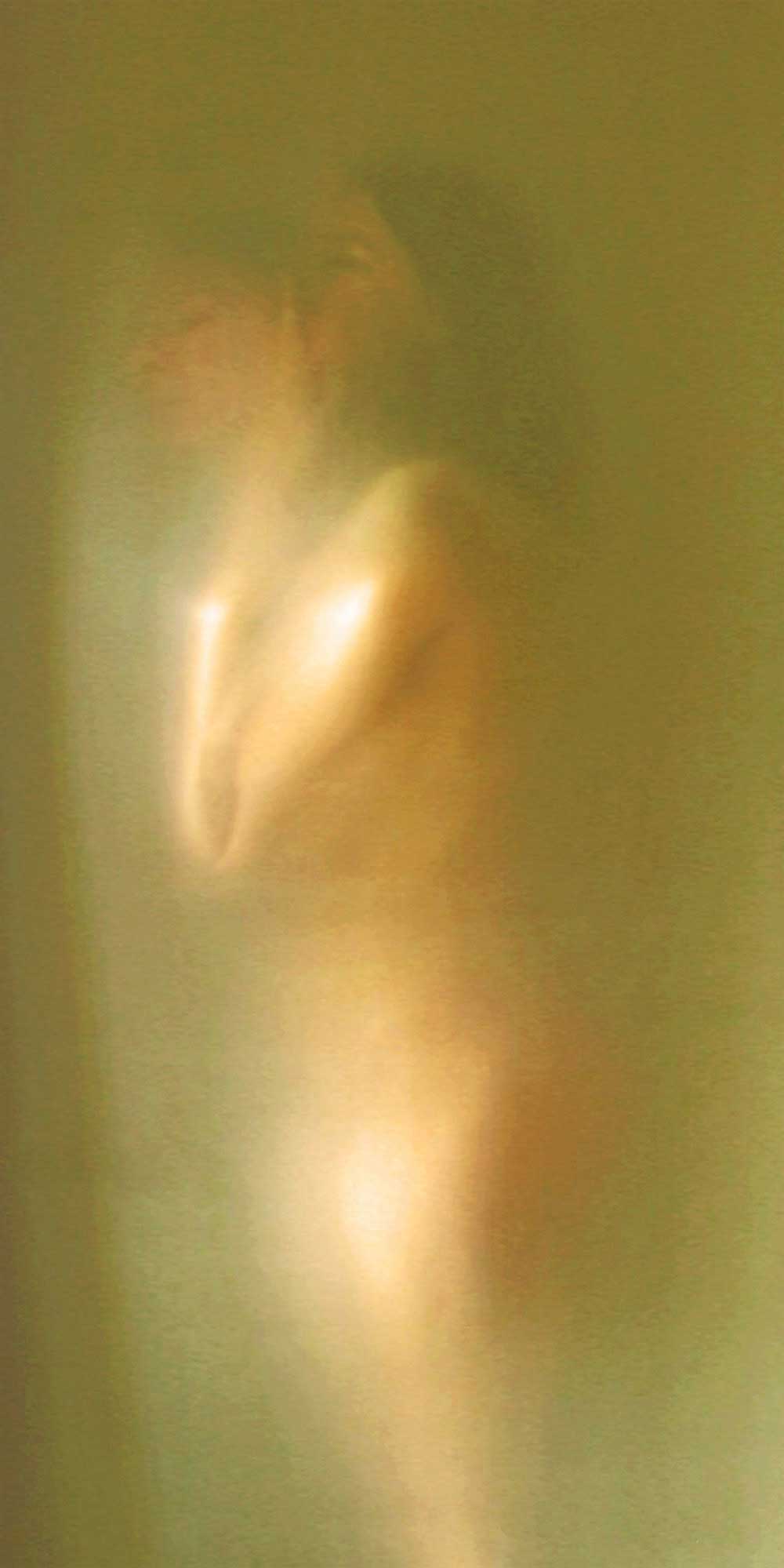
Ellen Schippers: LOST IN TRANSITION – In search of the missing frame
Ellen Schippers’s artistic production makes use of numerous expressive elements which the artist masterfully combines to produce an embracing unicum. The body and its movements, enacted by performers, the careful and calibrated choreography of gestures, the makeup, music, the sometimes inflatable sculpture-dresses, words and poetry, lights and colors: these are the elements of theatrical events that the viewer enjoys live or, as in the case of the latest production, through video installations where, in a filmic way, the staged situations are video-recorded and pass through several stages of processing, editing and an accurate selection of sequences and frames to be placed in the exhibition space by means of screens, projections and photographic images.
The focus of the artist and the attraction center which all the employed ingredients gravitate around is the creation of contexts and events able to catalyze the attention of the spectator, to take him out of the sphere of the ordinary and gradually immerse him in another dimension. The quality of fascination and seduction is used with the intent of creating an emotional and mental contact with those who enter its orbit: a sort of siren song able to mesmerize with the purpose of transmitting the silent and intimate voice of the psyche, of showing and communicating to the consciousness a concealed and living content.
In her role of director, Ellen Schippers creates the conditions that lead the public to be immersed in unique and unexpected experiences, which involve all senses and possess the qualities of the liminal: a parallel territory becomes visible and attention slowly brings into focus an unusual, unknown and at the same time familiar setting; from this position, similar to a limbo, neutral zone on the border of a pulsating and mysterious space, one begins to question.
In her earlier work the scenic and theatrical actions are designed in a direct, narrative and spectacular manner, through visual parables and metaphors. The performance has a precise beginning and end. In this initial period the artist’s intent is to highlight the various
implications of stereotypes about the ideals of the feminine and masculine and their relationship with the expectations and pressures from society. She powerfully points out the impact of behavioral patterns imposed from the outside which exclusively regard the appearance: these are incorporated by the psyche as a forced framework of disguise, cages of homogenization, which imprison and deny the authenticity, the uniqueness and the beauty of the original essence of each one’s personality.
Starting from the “Sherazade” and “Snow White” series Ellen Schippers passes to a visually softer universe, which seems to concentrate on the heart of the most intimate, powerful and inalienable side of the human being: the artist begins to channel the apparitions of a “sacred feminine” who, from an ubiquitous spiritual universe, constantly sends to our ears her magnetizing and fervent call, which is sometimes heard and taken in and sometimes passed over, unnoticed and forgotten. From this phase on the symbol of the threshold and the appearance of the context of an enigmatic space-time continuum take center stage. The feminine image is that chosen by the artist to incarnate an entity that appears indistinct and blurred to us and yet well-present beyond a filter, a diaphragm that indicates an insurmountable separation between us and the character, which possesses an almost numinous significance. The artwork has made possible the epiphany of an essence that is pulsating and which does not reveal itself completely to our eyes, necessarily having to remain untouched; the triptych-artworks are peculiar in this sense, contemporary tabernacles that guard and, if necessary, unfold and hatch a living image, veiled and blurred sacral figure that appears beyond the window of the screen from the indefinite and different place where she dwells.
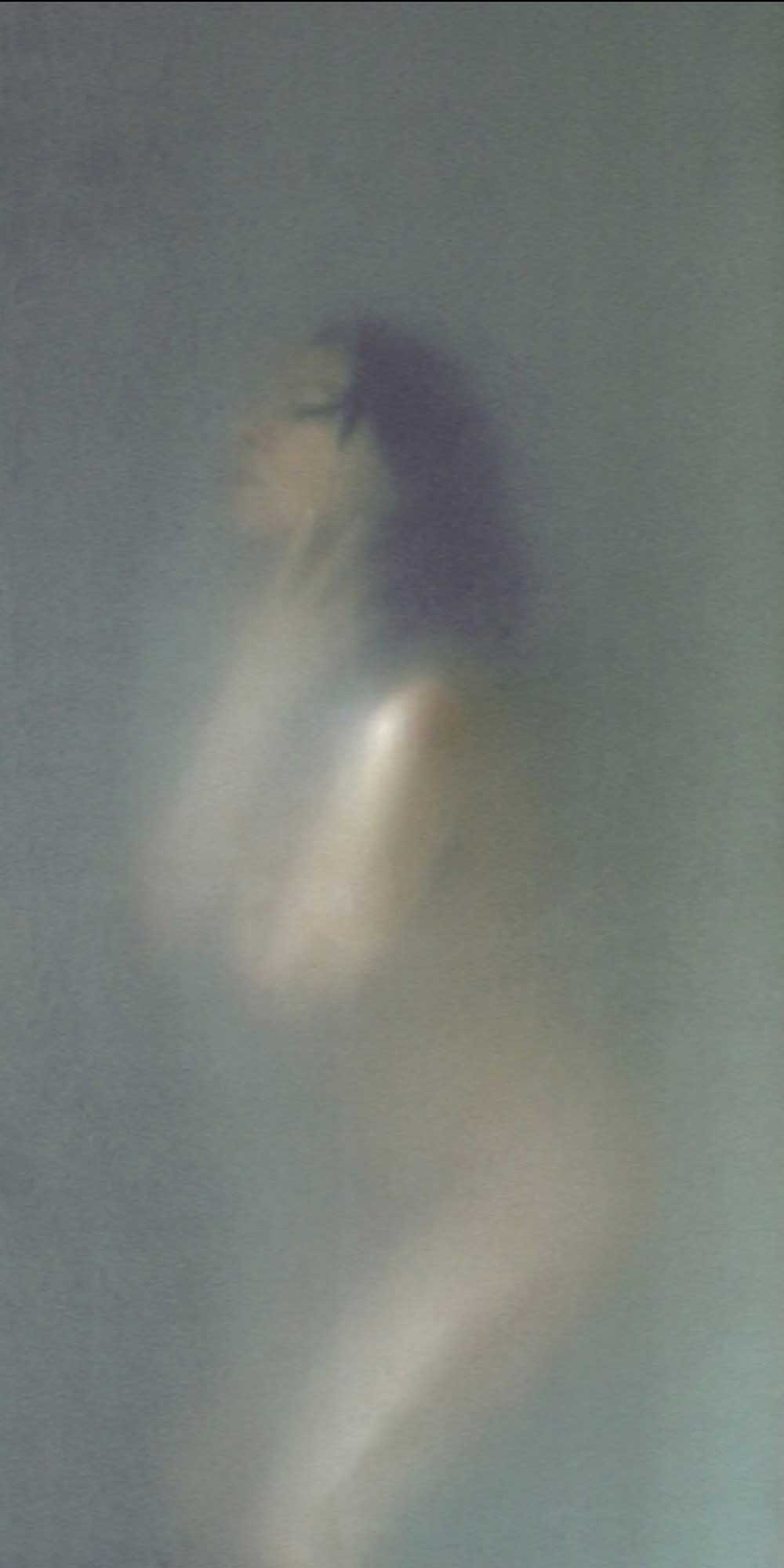
The work “Lost in Transition” stages the presence of four veiled figures which appear to the spectator in looped videos, displayed on screens and video boxes positioned around the room; these, from mere technical appliances, here become the privileged interface where the various evocations appear and uncover openings in the context of the exhibition; these entities weave between each other a subtle and intense network of references, interactions, gradations of tensions and emotional echoes which blend from one to the other in a score of movements, expressive shifts and rhythmic multiplications which repeat themselves ad infinitum. These different personalities, perhaps one single character divided and configured into different aspects, communicate through the bodily language of slow, sinuous, cadenced and wavering movements, which have been previously directed by the artist on the trail of a precise communicativeness that has left nothing to chance. The figure at times retreats into the indistinct or moves forward to touch, highlighting and making at times tangible, almost with a hint of sorrow, the boundary within which she is located She fluently moves at the pace of a beat, following the impulses and inner needs of a rising and lowering tide, wrapped in the notes of a music which connects and immerses each element and the whole environment in its emotional color.
The nuanced pictoriality of grey and pinkish tones through which this studied and tender obfuscation outlines the bodies, naked or dressed in a minimum of sensual clothing, has a watery and milky consistency from which lines and curves of the female body at intervals emerge clearer and more distinct, with their atavistic allusions: breast, belly, hips, thighs, legs, the sharpest outline of the hands and the perceivable expressions of the face and inner impulses that it expresses depending on our look, the presence of which the woman seems to be aware of beyond the membrane that delimits her, almost like a chrysalis inside its cocoon.
There is like an underlying feeling of uneasiness in being in the anteroom of an inexpressible sort of elsewhere to witness this flow of images, the unravelling of the intimacy of another person’s soul life which discloses itself: once one enters in its ray of influence and gets absorbed by the uninterrupted cycle of the frames sliding, a sense of restlessness, agitation, a presage of latent danger emerge; if in the sequences of “Sherazade” and “Snow White” an upstream narrative reference offered a possible reading key to decipher the unexpected dismay generated by such suspended situations, in the “Lost in Transition” videos the mystery of what is being witnessed is a component of the work itself and of its will to put us in contact with a secret blind point to be picked up and intercepted in the invisible beyond what is visible.
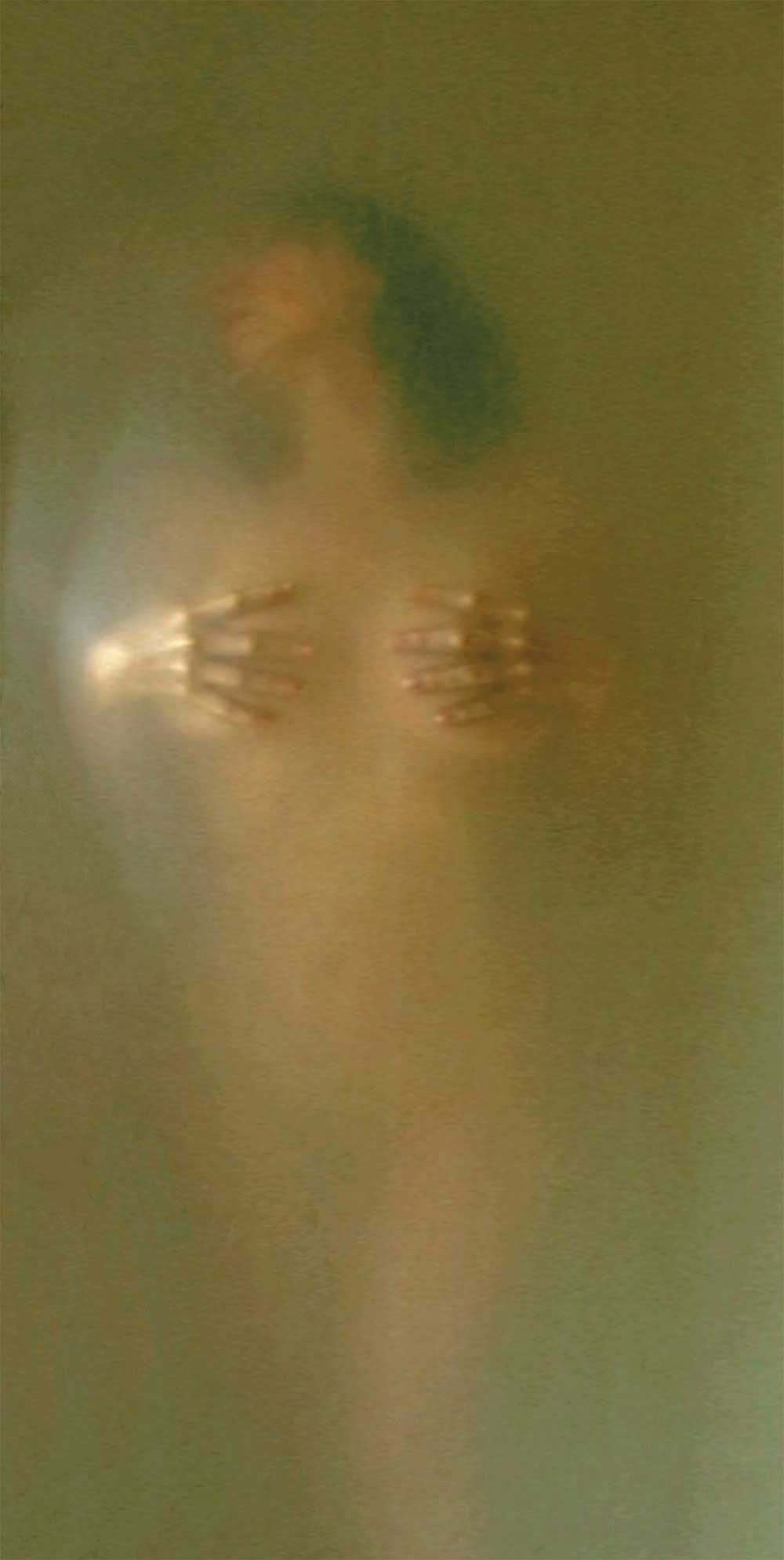
As a rebus, “Lost in Transition” is a living enigma to be deciphered, a step in the communication that slips away and with its latency and its backing out absorbs and seduces, a nagging and almost imperative request for some kind of interaction to come and dissolve the spell; it’s a deferred view of what would otherwise remain concealed, it’s an echo, a doubling, a reflection in an oneiric mirror of knowledge that gleams in order to awaken and reignite the lost entirety, it’s a mismatch in time of an instant that divides itself and, like a ghost, continues to come back in search of itself.
In fact the title already evidently denounces that something essential has gone missing, has slipped into oblivion, into forgetfulness, into carelessness, due to distraction or deliberately, during a transition, a passage, perhaps from the inside to the surface. A frame has disappeared, has been removed, has been hidden, it is no longer manifest, and a crack, caused by the missing fragment, has crept into the fabric of life; the preciousness which has escaped, or which has been almost erased, has formed a serious alteration in the uniqueness of the personal identity, allowing the uncanny to settle in the plot of existence.
With “Lost in Transition” Ellen Schippers carries out the scenario of a psychic and spiritual universe where, in the familiar and reassuring icon of the feminine, something is out of place, does not match, does not square: in the spatial and temporal timespan of the installation, that world overlaps with ours and, by means of different impulses, instils the worrying suspicion that this vital, distant and at the same time close dimension, which we are grazing, needs to be recognized in its entirety, whether it is about the collective sacred feminine or a strictly individual affair: a return trip from bewilderment towards the recovery of integrity, towards the desired kiss of salvation which subtracts the conscience from separation, freeing it from the alienating and poisonous fence of the impersonal and of the superficial, to bring it to breathe in the all-encompassing unity of the depth of being, in the soul of the world. [Text: Sonia Arata / Director of Red Stamp Art Gallery]
RED STAMP ART GALLERY
ELLEN SCHIPPERS LOST IN TRANSITION
Opening: 21 October 2017 – 16:00 / 20:00 Exhibition: 21 October – 15 November 2017
Curator / Critical text: Sonia Arata Critical presentation: Dick Adelaar
Rusland 22 – 1012 CL Amsterdam – NL
